Europe
We awoke to sunshine although it was still cool, 6c, we headed around the corner for a coffee from Columbus & Co, it must be a franchise as we have seen them before, the coffee was actually quite nice, we then found the tourist information office & I got a map. We wandered along the road for a couple of streets & spotted a green grocery & butchers, Richard had looked but couldn’t find a market in the town centre. We also found a fish shop, we made our purchases & headed home. We then headed to the Abbaye-aux-Hommes, which was founded by William the Conqueror in 1063, William is buried in the abbey. The abbey is part Romanesque & part Gothic in style, the Benedictine monks lived there until 1790, it then became a boys school from 1804 - 1961 & since 1965 it been the Caen city hall. During WWII it served as a refuge & survived the bombing of 1944.
The gatehouse area had an exhibition “summer of 1944”, which was really interesting.
A few days before D-Day close to 10,000 beds had been organised for refugees as well as canteens to supply residents with food. Exercises had been carried out in the weeks prior & on 29 May 1944 a full scale rehearsal was carried out to show the inhabitants of Caen that the civil defences were ready in case of air bombing.
On 6 June 1944 the city was in flames with 300 Caen civilians killed & the Abbaye-aux-Hommes became a reception centre. Giant red crosses were arranged on the roof to attract the attention of the allied planes, for over a month until evacuation approximately 2,000 refugees lived in the abbey, church & cloisters.
Red Cross Teams took to the streets each day in search of food, inspecting ruined houses / shops & also the countryside looking for vegetables, meat & milk. The abbey supplied on average 18,000 meals twice a day at the height of the battle.
2000 people from Caen died under the allied bombs & German shells during the liberation of the city, burials needed to be quick during this time, bodies often unidentified, were placed in a pouch & then directly into the ground. After the battle these bodies were exhumed & buried properly.
We then visited the abbeys church.
We returned to the apartment for a late lunch & then headed to Château de Caen, built in 1060 by William the Conqueror. The castle was used as a barracks during WWII & was seriously damaged by bombs in 1944.
We enjoyed the views from the ramparts & also saw an exhibition of Caen in images, I liked the picture of the two red 1/2 timbered houses which are actually opposite the coffee shop.
We then headed to Monoprix for food for today & tomorrow as it’s a public holiday in France.
Tonight we have small kifler potatoes, with salad & steak.
Julie Elvidge
87 hoofdstukken
16 apr. 2020
Caen
april 30, 2019
|
Tuesday
We awoke to sunshine although it was still cool, 6c, we headed around the corner for a coffee from Columbus & Co, it must be a franchise as we have seen them before, the coffee was actually quite nice, we then found the tourist information office & I got a map. We wandered along the road for a couple of streets & spotted a green grocery & butchers, Richard had looked but couldn’t find a market in the town centre. We also found a fish shop, we made our purchases & headed home. We then headed to the Abbaye-aux-Hommes, which was founded by William the Conqueror in 1063, William is buried in the abbey. The abbey is part Romanesque & part Gothic in style, the Benedictine monks lived there until 1790, it then became a boys school from 1804 - 1961 & since 1965 it been the Caen city hall. During WWII it served as a refuge & survived the bombing of 1944.
The gatehouse area had an exhibition “summer of 1944”, which was really interesting.
A few days before D-Day close to 10,000 beds had been organised for refugees as well as canteens to supply residents with food. Exercises had been carried out in the weeks prior & on 29 May 1944 a full scale rehearsal was carried out to show the inhabitants of Caen that the civil defences were ready in case of air bombing.
On 6 June 1944 the city was in flames with 300 Caen civilians killed & the Abbaye-aux-Hommes became a reception centre. Giant red crosses were arranged on the roof to attract the attention of the allied planes, for over a month until evacuation approximately 2,000 refugees lived in the abbey, church & cloisters.
Red Cross Teams took to the streets each day in search of food, inspecting ruined houses / shops & also the countryside looking for vegetables, meat & milk. The abbey supplied on average 18,000 meals twice a day at the height of the battle.
2000 people from Caen died under the allied bombs & German shells during the liberation of the city, burials needed to be quick during this time, bodies often unidentified, were placed in a pouch & then directly into the ground. After the battle these bodies were exhumed & buried properly.
We then visited the abbeys church.
We returned to the apartment for a late lunch & then headed to Château de Caen, built in 1060 by William the Conqueror. The castle was used as a barracks during WWII & was seriously damaged by bombs in 1944.
We enjoyed the views from the ramparts & also saw an exhibition of Caen in images, I liked the picture of the two red 1/2 timbered houses which are actually opposite the coffee shop.
We then headed to Monoprix for food for today & tomorrow as it’s a public holiday in France.
Tonight we have small kifler potatoes, with salad & steak.

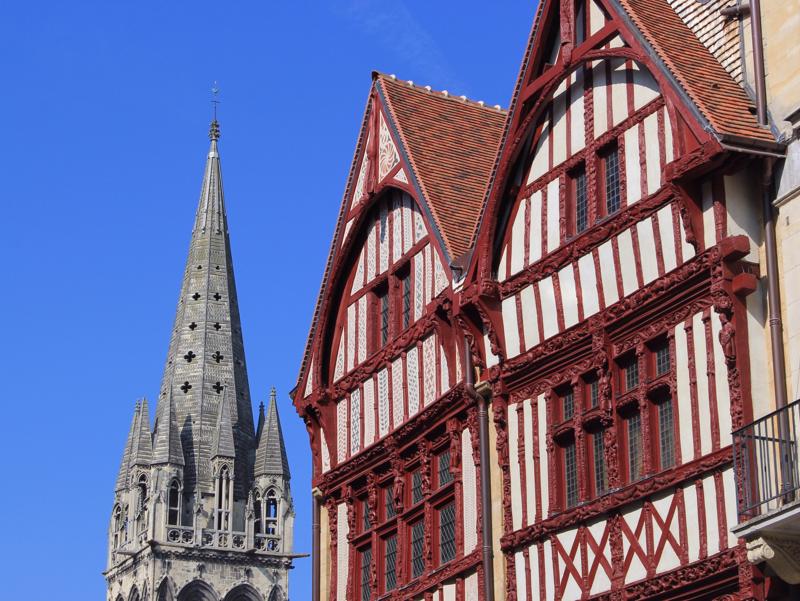
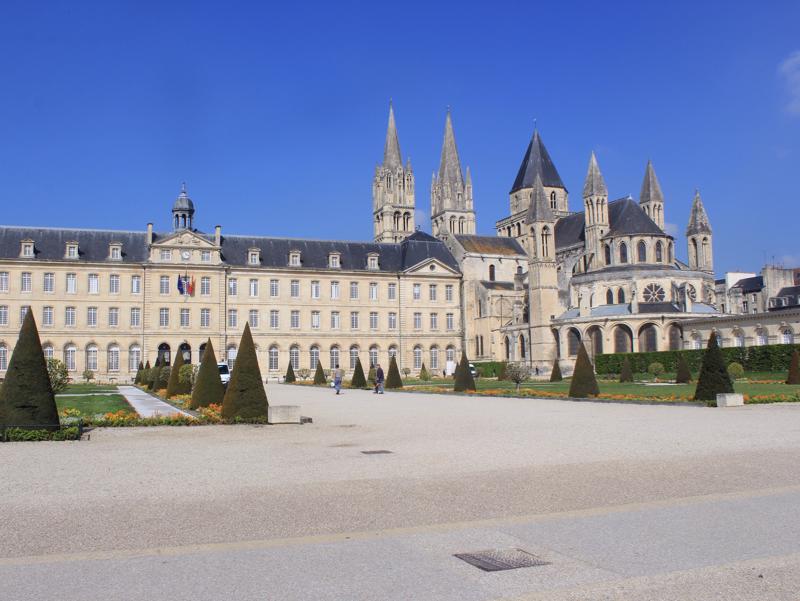
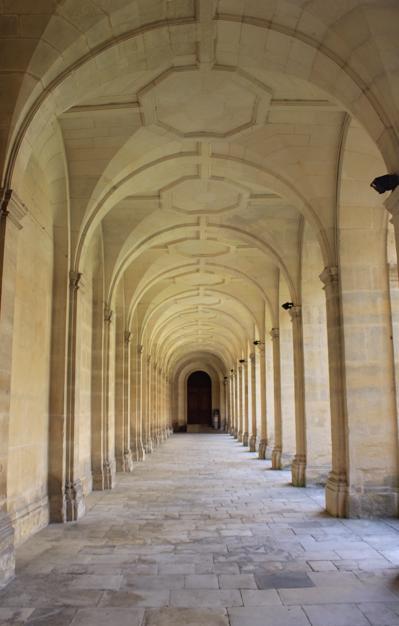
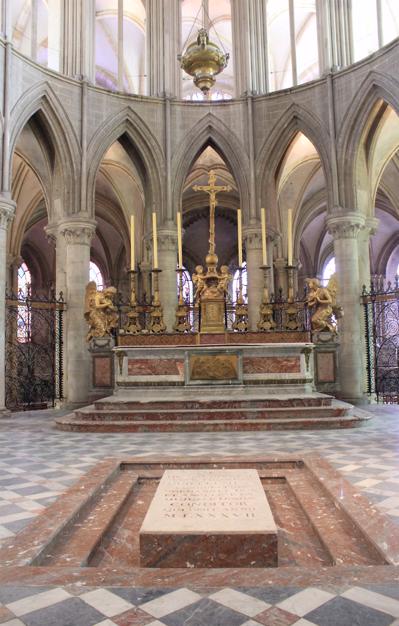
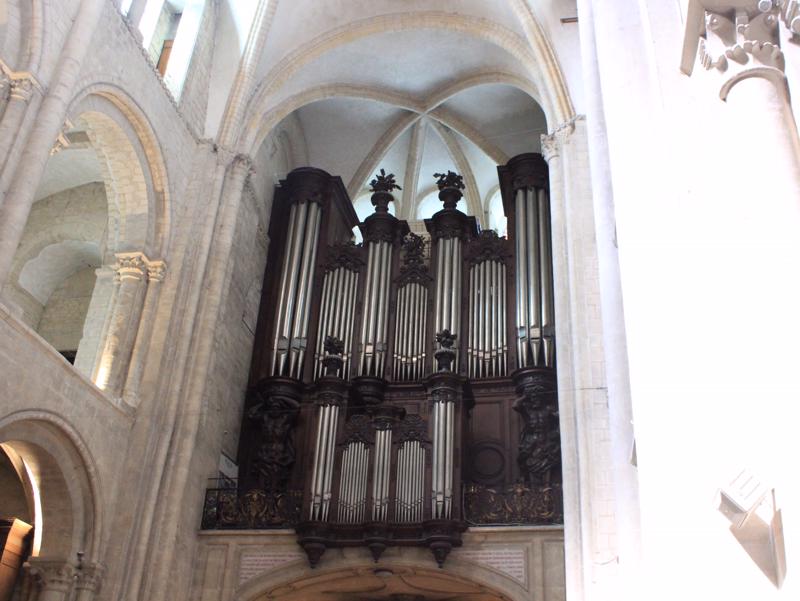
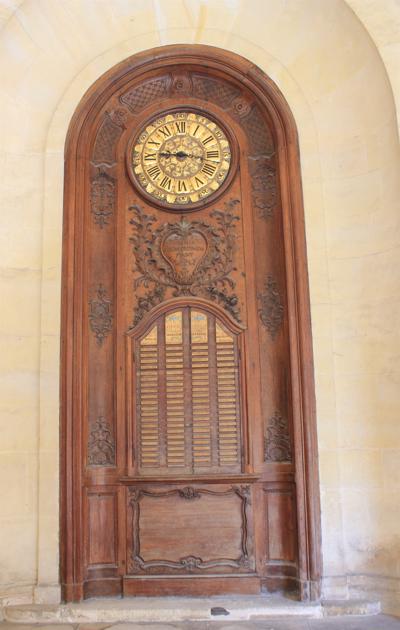
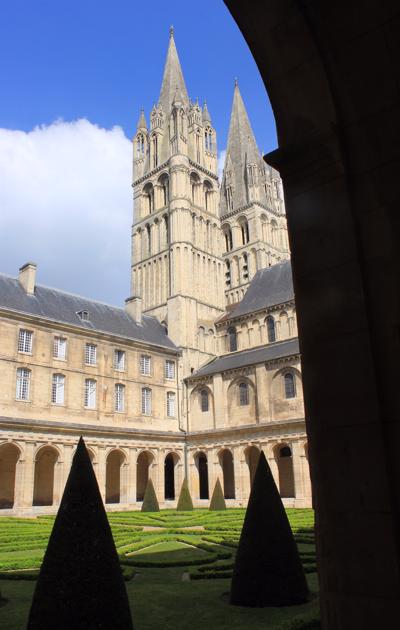
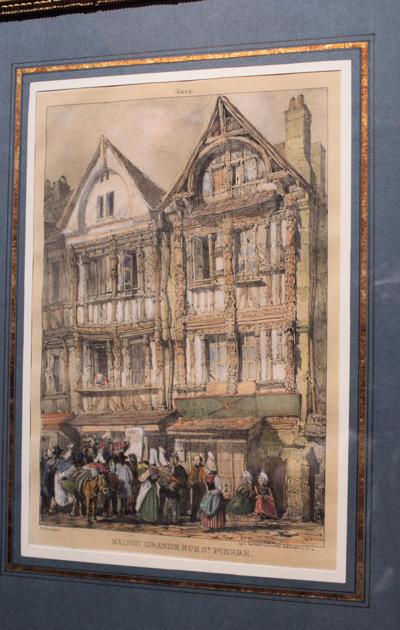
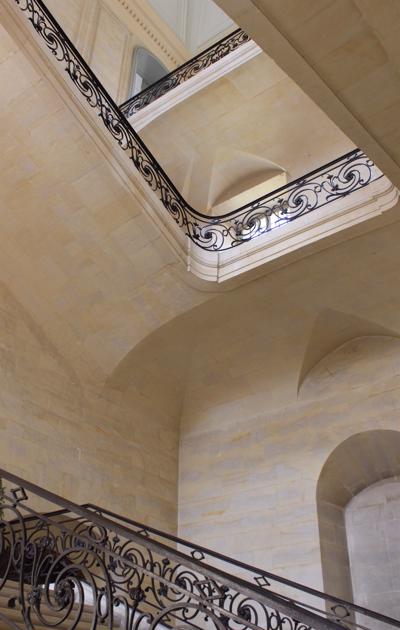


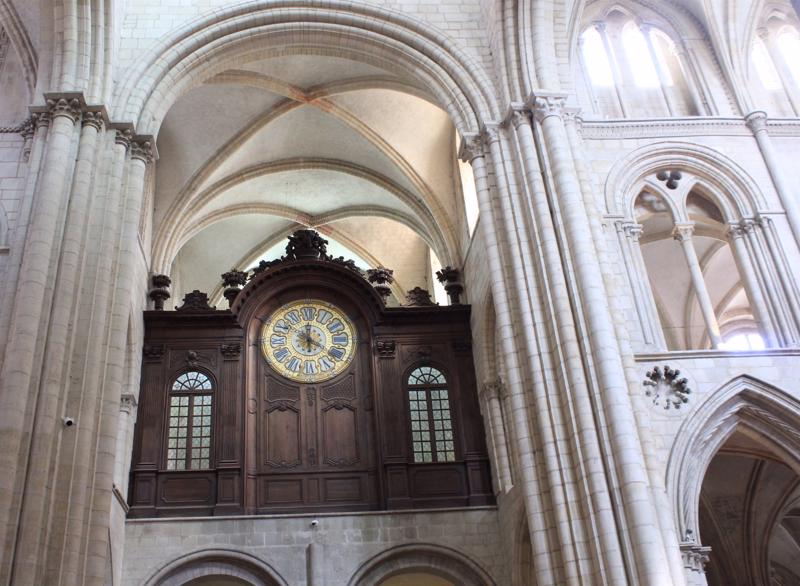
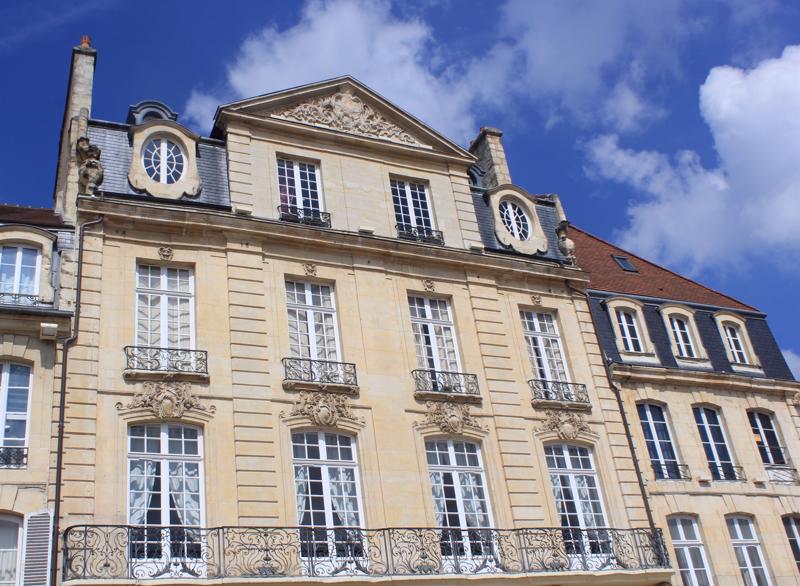
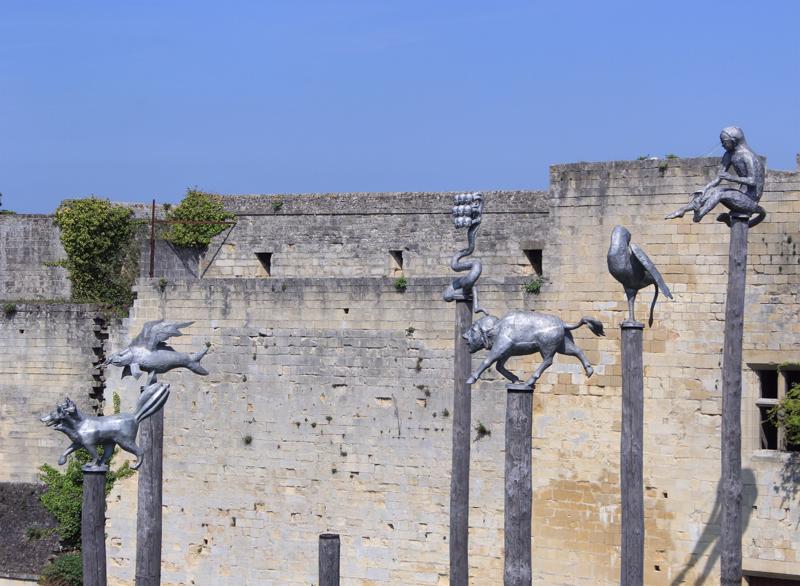
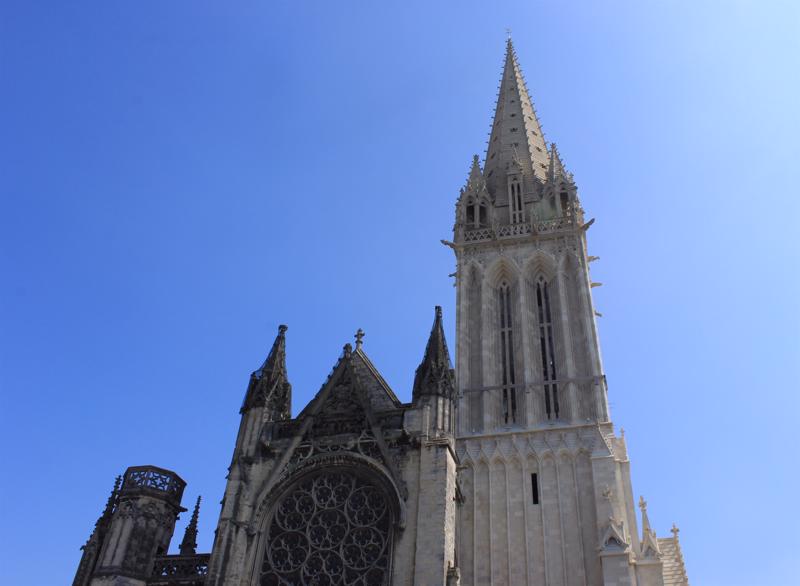
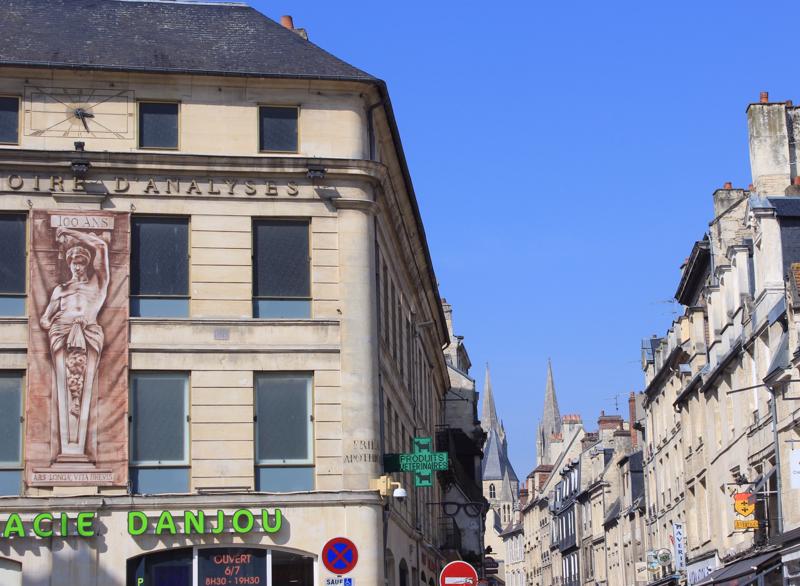
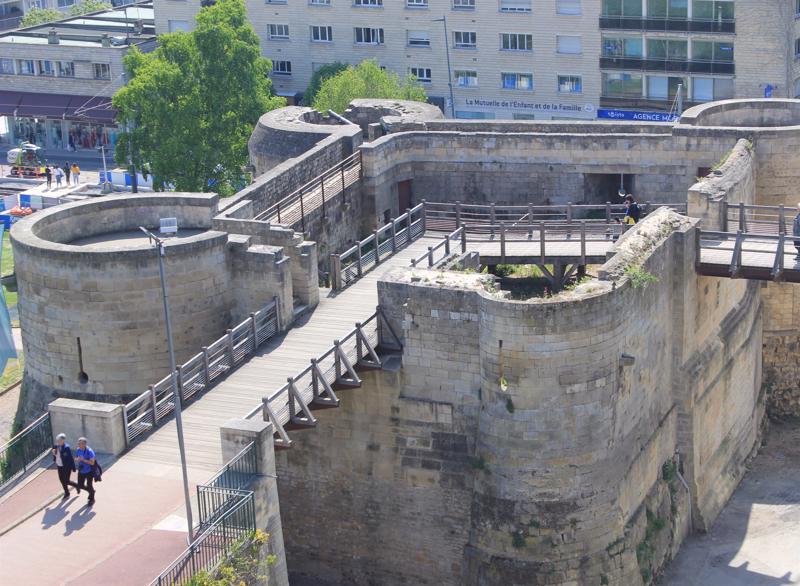
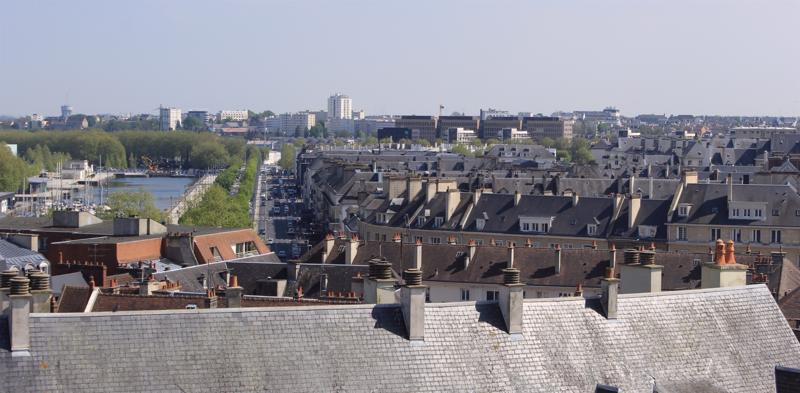
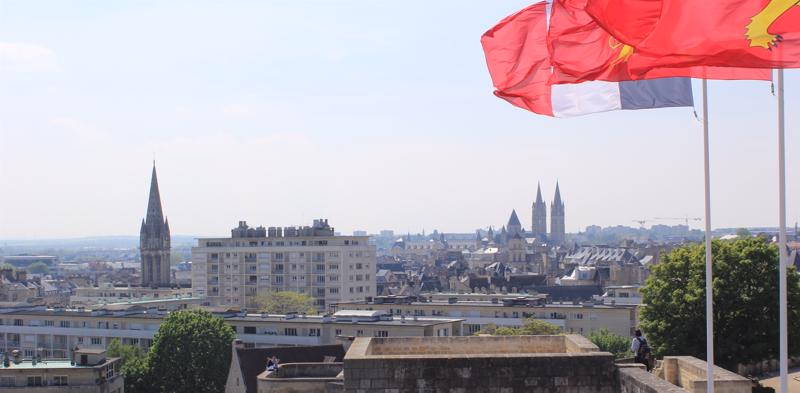
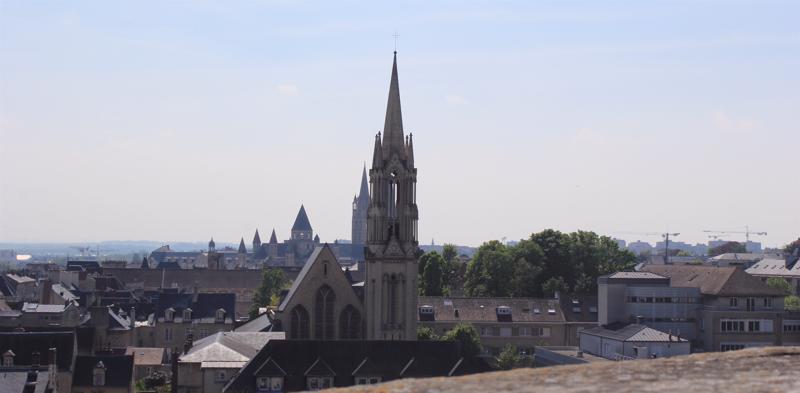
1.
Africa to Europe
2.
Lisbon
3.
Lisbon
4.
Lisbon
5.
Lisbon
6.
Lisbon
7.
Obrigado Lisbon, Ola Seville
8.
Seville
9.
Seville
10.
Seville
11.
Seville to Granada
12.
Granada
13.
Granada
14.
Granada to Murcia
15.
Murcia
16.
Murcia
17.
Murcia
18.
Murcia (day trip to Cartagena)
19.
Murcia
20.
Murcia
21.
Murcia to Barcelona
22.
Barcelona
23.
Barcelona
24.
Barcelona
25.
Barcelona
26.
Gràcia Barcelona, bonjour Toulouse
27.
Toulouse
28.
Toulouse
29.
Toulouse
30.
Toulouse to Nice
31.
Nice
32.
Nice (day trip to Monaco)
33.
Nice
34.
Nice to Lyon
35.
Lyon
36.
Lyon
37.
Lyon
38.
Lyon
39.
Lyon to Dijon
40.
Dijon
41.
Dijon
42.
Dijon
43.
Dijon
44.
Dijon
45.
Dijon to Strasbourg
46.
Strasbourg
47.
Strasbourg
48.
Strasbourg (day trip Alsace)
49.
Strasbourg
50.
Strasbourg (lunch in Germany)
51.
Strasbourg to Caen
52.
Caen
53.
Caen
54.
Caen (day trip to Bayeux)
55.
Caen to Lille
56.
Lille
57.
Lille
58.
Lille
59.
Merci Lille, Hallo Oostende
60.
Oostende
61.
Oostende (day trip to Brugge)
62.
Oostende
63.
Dank u Oostende, hallo Amsterdam
64.
Amsterdam
65.
Amsterdam
66.
Bedankt Amsterdam, hello North Sea
67.
Howay Newcastle & Hexham
68.
Hexham
69.
Hexham
70.
Hexham
71.
Hexham
72.
Hexham
73.
Hexham to Northwich
74.
Northwich, Saltfleetby, Sheffield, Northwich, Windsor, Clifton, Northwich.
75.
Northwich to Dublin
76.
Dublin
77.
Dublin to Fermoy
78.
Fermoy & Cobh
79.
Fermoy to Farmers Bridge
80.
Farmers Bridge
81.
Farmers Bridge (day trip to Dingle Peninsula)
82.
Farmers Bridge to Kinvara
83.
Kinvara (day trip to the Cliffs of Moher)
84.
Kinvara to Dublin
85.
Dublin to Holyhead
86.
Northwich, Hexham, Hartlepool, Durham, Louth, Hexham.
87.
Grand Final 2019
Maak je eigen dagboek
Voeg eenvoudig verhalen toe aan je dagboek in onze online editor of app
Voeg je afbeeldingen toe en kies je pagina-indelingen
Deel je reis in realtime zonder gedoe!